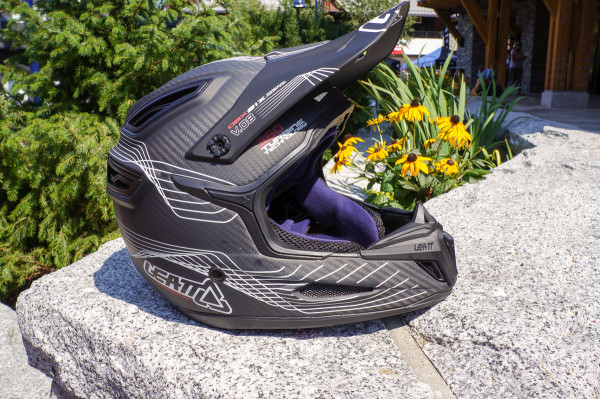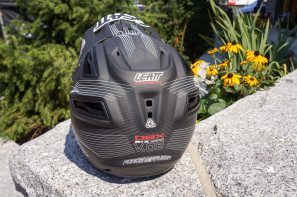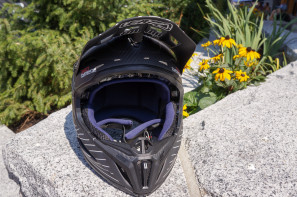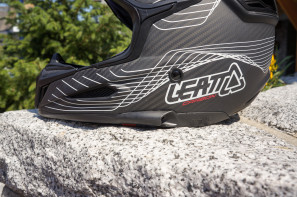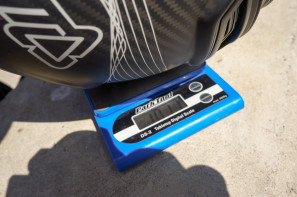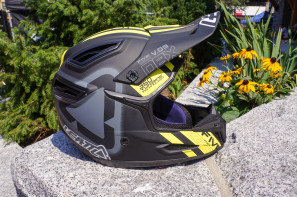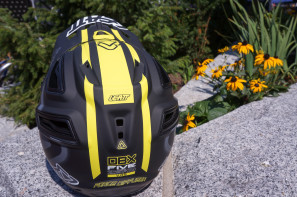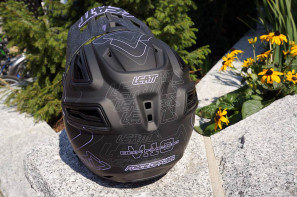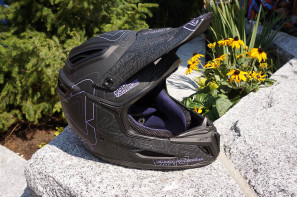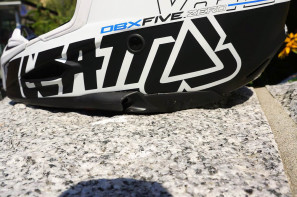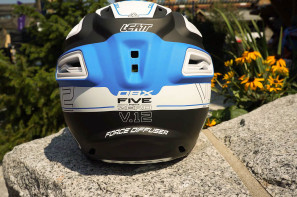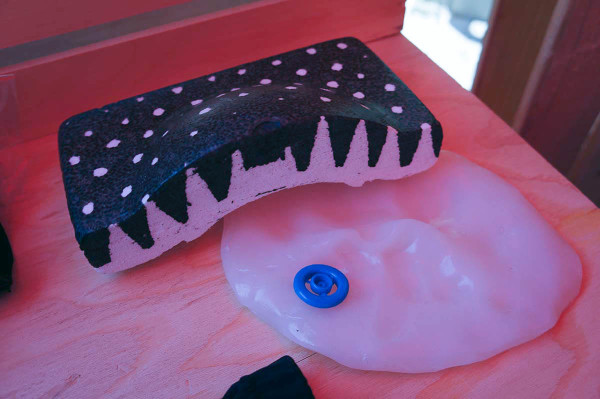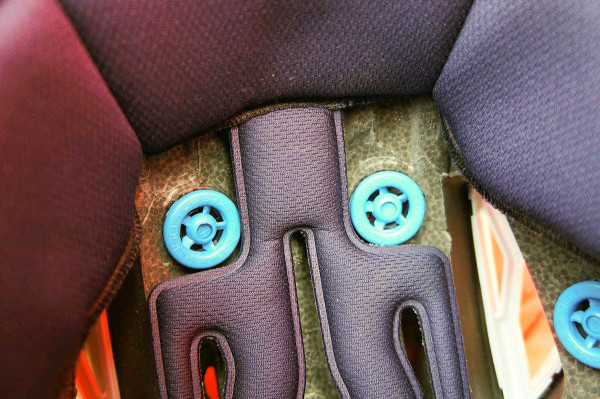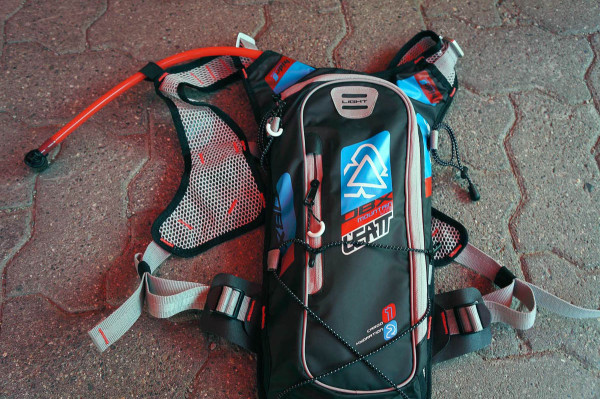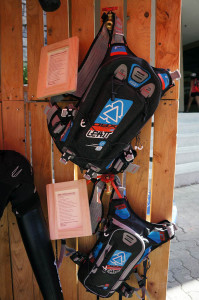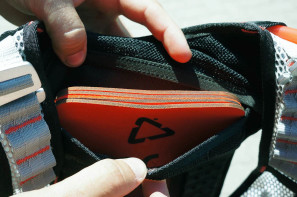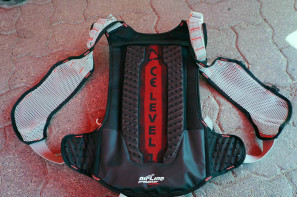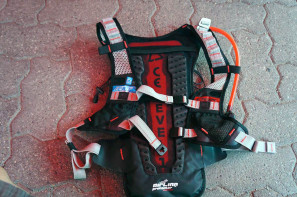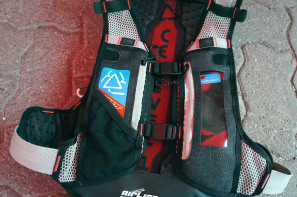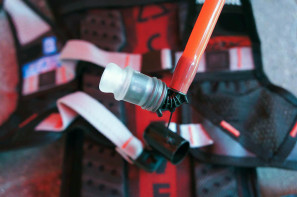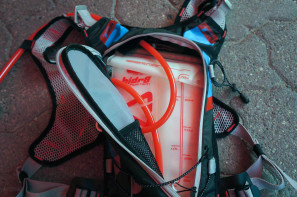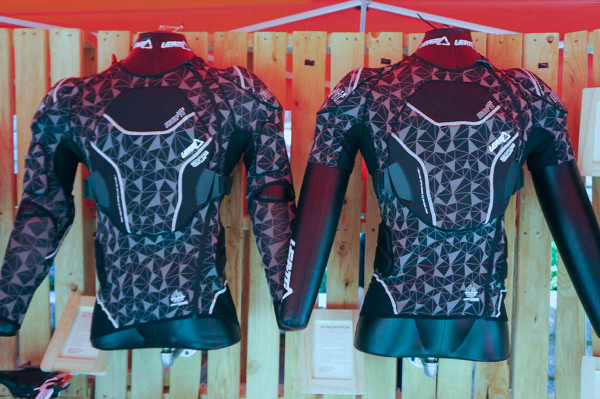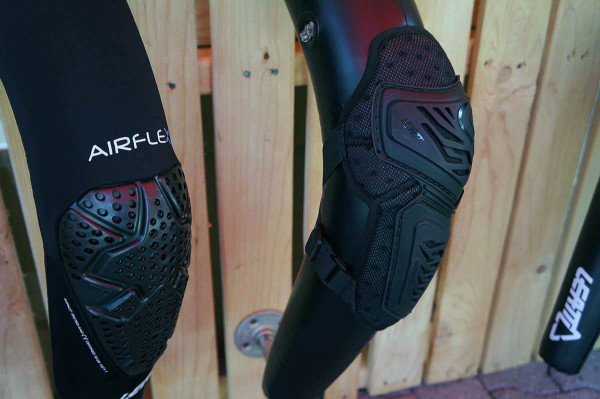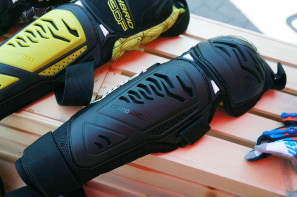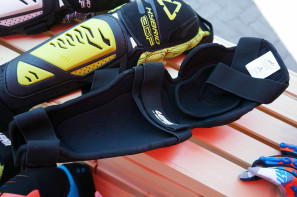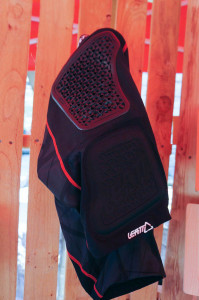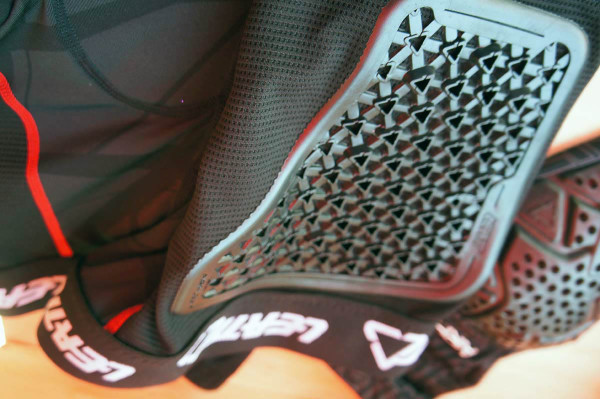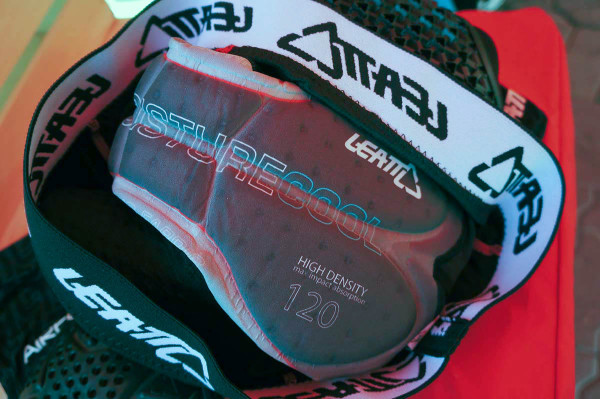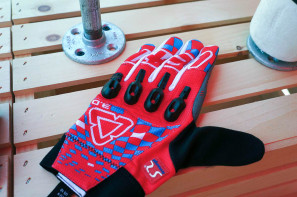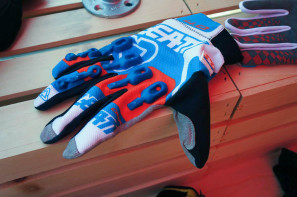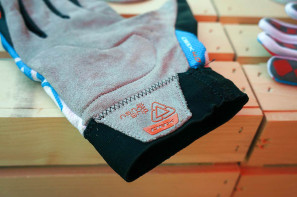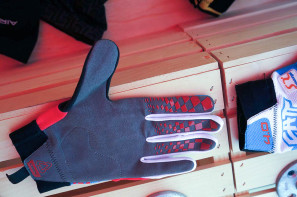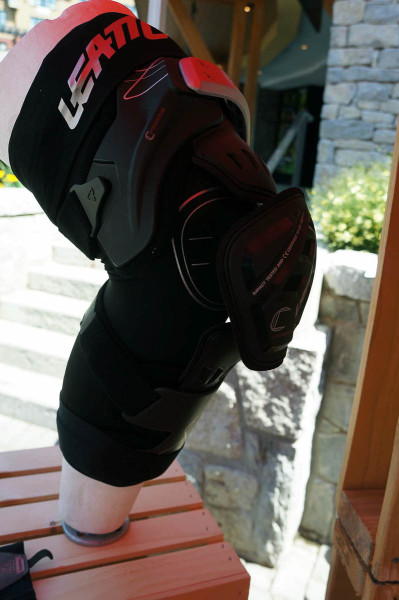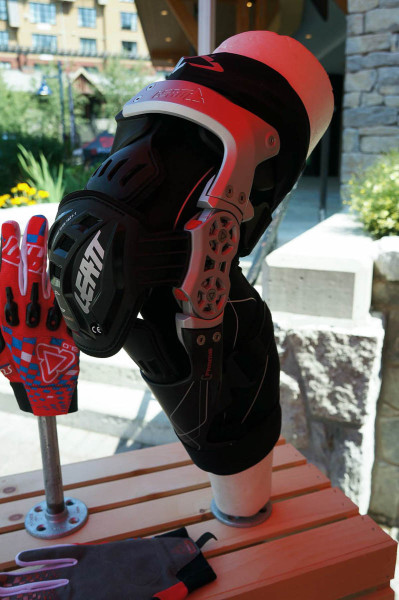Just under a year ago, we caught sight of the first iteration of Leatt’s impressive new helmet. Boasting a number of technologies that promised a safer helmet, the DBX looked quite promising. Shortly thereafter, Leatt’s helmet factory apparently caught fire and burned to the ground. As you might imagine that caused a bit of a delay, but from the looks of things Leatt is back on track with the DBX 6.0 and 5.0.
Along with a number of new protection, hydration, and even medical brace type products, Leatt is very close to launching the DBX to the world…
Split between the 6.0 and the 5.0, the higher end 6 series helmet uses a carbon fiber shell to keep the weight as low as possible. Claiming 1,070g +/- 50g, this prototype helmet without the dual density Vfoam came in at 1077g. Since the production helmet will include lower density foam there is a chance that number will come down even more.
The 5.0 uses all of the same technology, but instead uses a fiberglass composite shell for reduced cost. The difference in the shell results in a slight weight increase with claimed numbers around 1,150g +/- 50g. With the exception of the material of the outer shell, the 5.0 and 6.0 use identical designs with a smaller overall profile to reduce impact forces to the head. The helmets are designed to perfectly integrate with Leatt’s neck braces and offer 16 vents, a breakaway visor design, and an integrated channel for a hydration tube to make drinking inside the helmet easier.
The real tech is on the inside helmet with a 3D inmolded V-foam dual density EPS liner using cone shaped foam created by Australian physicist and helmet researcher Don Morgan. To take the safety a step further, Leatt uses their new 360° Turbine Technology which acts like a low friction layer as well as adds additional impact absorption. All of the Turbines are shaped to flex and absorb the most energy while allowing the helmet a small degree of float to offer similar benefits of the MIPS System. Made from Armourgel, the viscoelastic polymer is said to offer increased energy absorption over competing products thanks to a two-stage mechanism where not only the actual cell absorbs energy, but the bond of the individual cells does as well. Additionally, the material is not affected by hot or cold temperatures providing consistent performance.
To be sold in XS-XXL, the DBX helmets will sell for $399 for the 5.0 and $499 for the 6.0.
Elsewhere in the Leatt product line, the brand was showing off new hydration packs which no longer use the USWE system. Instead, you’ll find a proprietary design with a similar harness and still offering adjustable CE approved back protection.
Both the DBX Mountain Lite 2.0 and the Enduro Lite 2.0 WP (waterproof) using harness style strap system with attachment points only at the chest. The new bladders look to be Hydrapak style using their own unique bite valve. Meant to integrate with their neck braces, the packs will retail for $99 and $139.
For those looking for chest, shoulder, and back protection without elbow protection Leatt offers the new 3DF Body Tee AirFit Lite for $199.
For knee and elbow protection, the new 3.0 series gets rid of the sleeve and instead uses Velcro straps for easy on and off.
The new DBX 5.0 impact shorts add Armourgel protection to an inner liner complete with a high density chamois for $99.
Leatt is also introducing a full new range of gloves with the 3.0, 4.0, and 5.0. The gloves offer increasing levels of Armourgel protection, and features like the Nano Grip palms.
While it may be a smaller market, Leatt also offers a few interesting products for those of us who have been injured at one point or another. Their knee brace uses do you need one sided dual hinge design which is perfect for pedaling so you aren’t smashing the brace into the side of the bike. Leatt also has an interesting new shoulder brace which is meant for riders who have dislocated their shoulder previously. After researching the shoulder braces on the market, Leatt designed their own which is better suited to pulling the shoulder in while riding in order to keep the joint from popping out.
